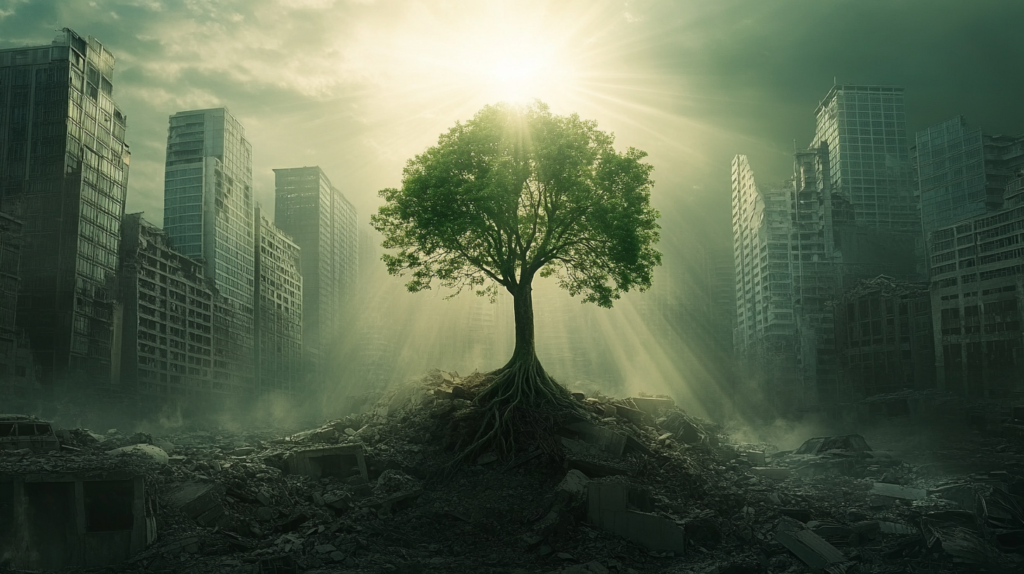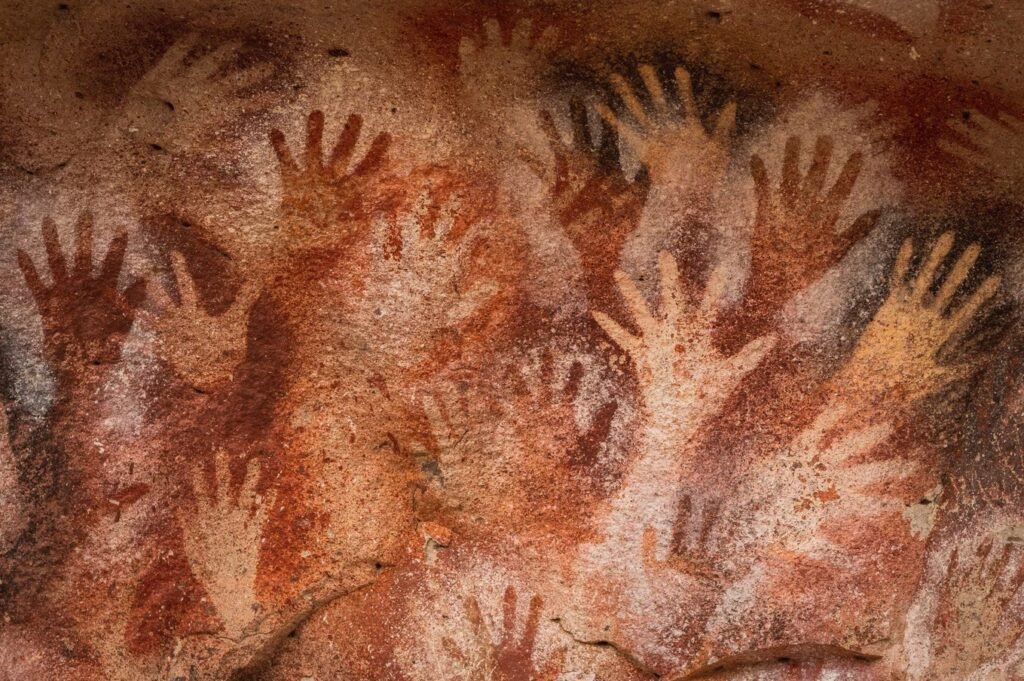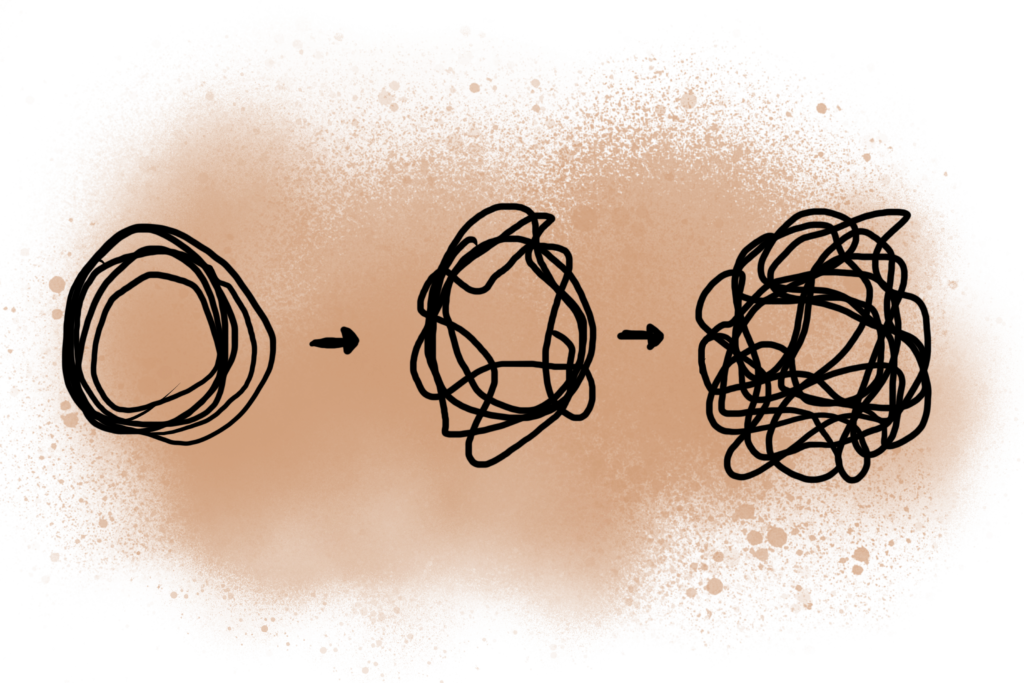Grow Your Roots & Become Unshakable

No One Can Predict the Future
The Wright Brothers demonstrated this clearly by taking flight on December 17th, 1903, just 69 days after the New York Times published an editorial stating it would take between 1-10 million years for humanity to achieve flight. — Impossibility is subjective.

The Rise of “Dread Merchants”
I have noticed a trend toward fear with the way news is reported and the way things are advertised, both by companies and individuals. There seems to be an incentive to prey on fear, and I would wager it is a purely financial one. This manipulative tactic employed to generate interest in a product and accrue wealth is something I do not agree with.
We should be building hope to strengthen our resolve, rather than perpetuating fear to line our pockets. The admiration of material wealth tends to leave a hole in your heart.

What Our Ancestors Can Teach Us
The earliest stone tools we have discovered date back 2.6 million years, while modern humans have only been around for roughly 300,000. Our recorded history dates back to around 3200 BCE, that is only around 170 ancestors apart from us.
Cleopatra lived closer in time to the invention of the iPhone than to the construction of the Great Pyramid of Giza. Our progress seems to be nearly exponential, for better or worse.

This sudden shift in the rate at which we progress, set in motion by the Agricultural Revolution roughly 12,000 years ago, then exacerbated by the Industrial Revolution, and now by the development of Artificial Intelligence has left us in a challenging spot.
The Gaia hypothesis from scientist James Lovelock and biologist Lynn Margulis posits that Earth maintains homeostasis through its natural biodiversity. Our current activity and trajectory are making it harder to accomplish this. Taking cues from our ancestors and learning to coexist and thrive with nature is in our best interest, if we seek to perpetuate our existence.
The Situation We Find Ourselves In
“The real problem of humanity is that we have primitive emotions, medieval institutions and godlike technology.” – Edward O. Wilson ( 2009 )

“Growth for the sake of growth is the ideology of a cancer cell.” – Edward Abbey ( 1969 )
As you introduce more complexity to a system, it becomes harder to navigate and is more prone to errors. I’ve felt lost in the hamster wheel of a system we’ve built, destroyed and built again. Is running on the wheel for the sake of running on the wheel really needed?
Reinventing the wheel isn’t necessary, but we should consider adopting an older model with a few tweaks. Building resilience and adaptability is at the heart of what CSNP aims to achieve.
Overcoming Ourselves
Long-term fulfillment can only be built, it can’t be found.

Learning to overcome ourselves to truly achieve a sense of fulfillment boils down to studying and adapting the techniques of the people who have achieved it in the past. It is not something that can be chased and caught, it is more like a carrot on a stick. You can’t catch the carrot since it’s tied at a fixed distance; however, if you choose to plant a seed and water it, it will grow.
There are things far beyond our control which can lead us to feeling aimless or hopeless. The best way to counteract this is to focus your outlook through a lens of gratitude for what is and can be good, rather than honing in on what is, or could be bad.
Our capacity for self-reflection allows us to partially shape our perception of reality and of ourselves by analyzing how we internally respond and externally react to what is happening around us.
